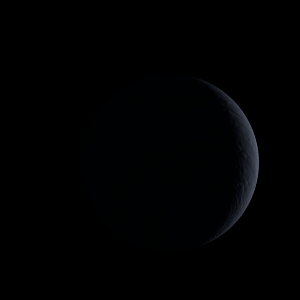|
|
Space Astro
|
Info for exoplanet "Wengd"
| Scientific (actual) data |
|---|
| Name | HAT-P-63 b |
| Planet status | Confirmed |
| Planet mass | 0.614 |
| Radius | 1.119 |
| Orbital period | 3.37773 |
| Semi major axis | 0.04294 |
| Orbit eccentricity | 0.069 |
| Inclination | 88.45 |
| Discovered | 2020 |
| Updated | 2020-07-15 |
| Tzero tr | 1456380 |
| Impact parameter | 0.262 |
| K | 87.3 |
| Temperature (kelvin) | 1237 |
| Publication | Published in a refereed paper |
| Detection type | Primary Transit |
| Mass measurement type | Radial Velocity |
| Radius measurement type | Primary Transit |
| Star name | HAT-P-63 |
| Right ascension | 269.57° |
| Declination | 5.76° |
| Mag v | 13.7 |
| Star distance | 408 |
| Star metallicity | 0.251 |
| Star mass | 0.925 |
| Star radius | 0.9661 |
| Star age | 9 |
| Star temperature | 5400 |
| Wikipedia article | HAT-P-63 b |
Back
| |
| Fictional info (?) |
|---|
| Suggested name | Wengd |
| Planet type | Hot gas giant |
| The smooth Borealis basin in the northern hemisphere covers 22 percent of the planet and may be a giant impact feature. |
| Atmosphere | Ammonium hydrosulfide (NH4SH) | 67% |
| Hydrogen deuteride (HD) | 22% |
| Methane | 8.9% |
| Sulfur dioxide | 1.9% |
| Atmospheric pressure | 8 bar |
 |
| No known satellites |
| Google search for Wengd |
|
Website by Joachim Michaelis
|
|
|
|